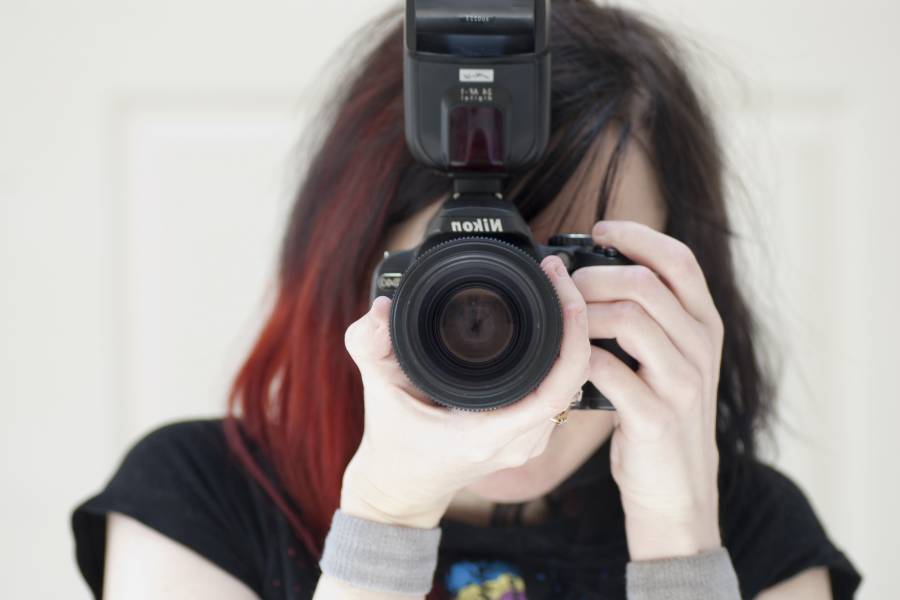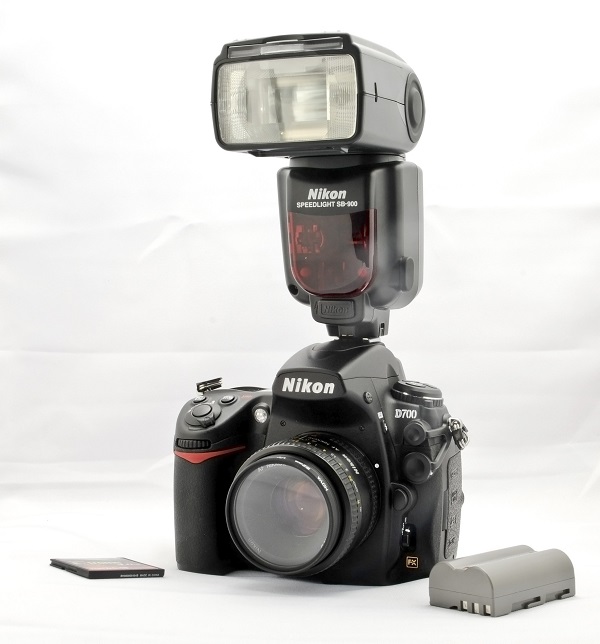
As an Amazon Associate we earn from qualifying purchases.
If your interior photos have heavy shadows or uneven lighting, then it’s time to switch from the built-in flash to the more flexible external flash. However, struggling to set up an external flash can risk damage to your gear while losing precious seconds in your photoshoots.
After having used external flashes for years, I have finally compiled the following simple steps on how to use an external flash on Nikon cameras.
Quick Navigation
To use an external flash on a Nikon camera, make sure to mount the off-camera flash properly. Then, reset the flash settings before selecting the flash, shooting, and shutter synchronization modes. After that, you can adjust the ISO, flash exposure compensation, and flash head angle.
Whether you have a full-frame, crop-sensor, or mirrorless Nikon camera, learning to use it with an external flash can make all the difference in your real estate photos. Let's go over the steps to use a flash with a Nikon camera.

An external flash fires a pre-flash to the subject and then sends data for your Nikon camera to process and fire again to take the shot. This happens after choosing the appropriate Nikon D7000 flash, shooting, and shutter modes.
That means the flash must be compatible with your Nikon camera model. Even though you are using a Nikon camera like a D5600, you do not necessarily need to use a budget Nikon branded flash. Several third parties, such as Neewer I6Tex and Godox AD400 Pro flashes, make excellent flash systems for Nikon.
First, insert the off-camera flash into your Nikon camera's hot shoe. Improper installation may prevent the flash from functioning correctly. Slide the foot lock lever to lock the flash into place.
The next step is to choose either manual or TTL from the flash control settings. Some external flashes offer both options, while others only have manual flash mode.
Some speedlights also have E-TTL as the default flash mode, which is suitable for taking photos using the exposure from your Nikon camera's metering system.
While you can usually choose any shooting mode, you must select a shooting mode appropriate for the type of photos you need to take.
From the camera's mode dial, choose Shutter Priority if you want to capture moving subjects, much like in street or event
Flash sync is crucial when using an external flash on a Nikon camera. It determines the fastest shutter speed for your camera to create an exposure in each fire of flash power.
The ISO speed affects a Nikon camera's sensitivity. The higher the value, the more ambient light will enter the scene. In general, it's best to shoot with a lower ISO to minimize image noise.
Adjust the exposure compensation from the Quick Control screen. This instructs the external flash to produce more or less flash power relative to what your Nikon camera determined. Likewise, it would only influence the ambient exposure, so there would be no changes in background brightness.
Choose the flash power according to your aperture or flash-to-subject distance. Boost the flash power if the room is too dim or has lots of shadows. On the other hand, turn down the flash power if your initial shots appear harshly lit.
You can improve the flash power's coverage by correctly angling the flash head. You can typically bounce the flash toward the ceiling or wall for real estate

The latest Nikkei report shows that Nikon has 19.1% of the market share in digital camera shares. As you continue to be among the real estate photographers who rely on Nikon camera systems, there will come a time when you will also need to invest in a manual flash.
The great thing about manual flashes is that it offers you more control over the light source. It's also ideal if the distance between the flash and the subject doesn't change quickly, much like when shooting interiors or exteriors.
About 44% of real estate buyers go online to search for properties. You can use a TLL flash with your Nikon camera if you need a simple way to produce well-lit online marketing photos for your clients.
An external TTL flash uses built-in flash sensors to measure flash illumination automatically. While you can still select the aperture and ISO speed, a TTL flash would control the exposure automatically instead of the Nikon camera.
To use an external flash off-camera, you need a wireless trigger to communicate between the camera and the flash. Some Nikon cameras and flashes also support Nikon's Creative Lighting System (CLS), allowing wireless control without additional equipment.
If the external flash is not firing, it's possible that the auto-off feature kicked in or the flash isn't securely attached to the camera's hot shoe. External flashes sometimes don't fire when the batteries aren't inserted correctly.
In general, you can also use two or three flashes to create complex lighting setups, such as placing one flash in the adjacent room to give the impression of ambient light coming through the doorway. However, the number of external flashes needed for interior photography depends on the size of the room and the available natural light.
Like when using a light modifier or lens, there are several shooting options you can experiment with to get the best results with external flashes. Knowing how to use and set up an external flash on Nikon cameras can help you take bright interior rooms with soft and uniform artificial lighting.
